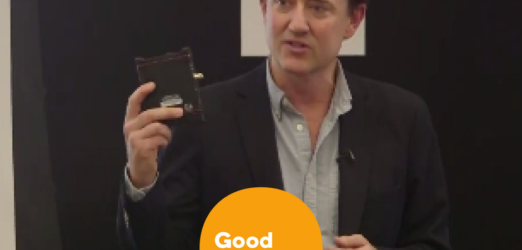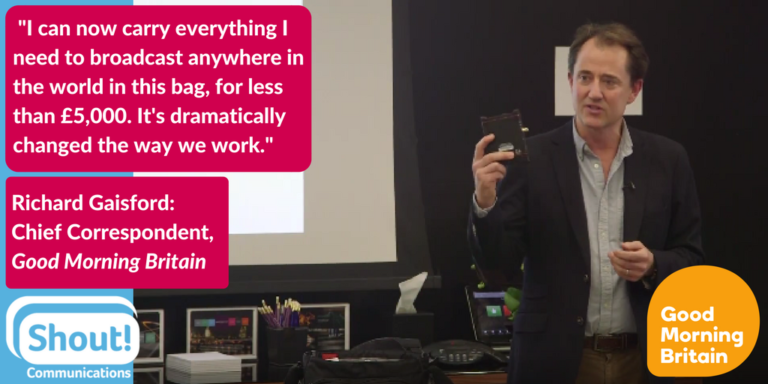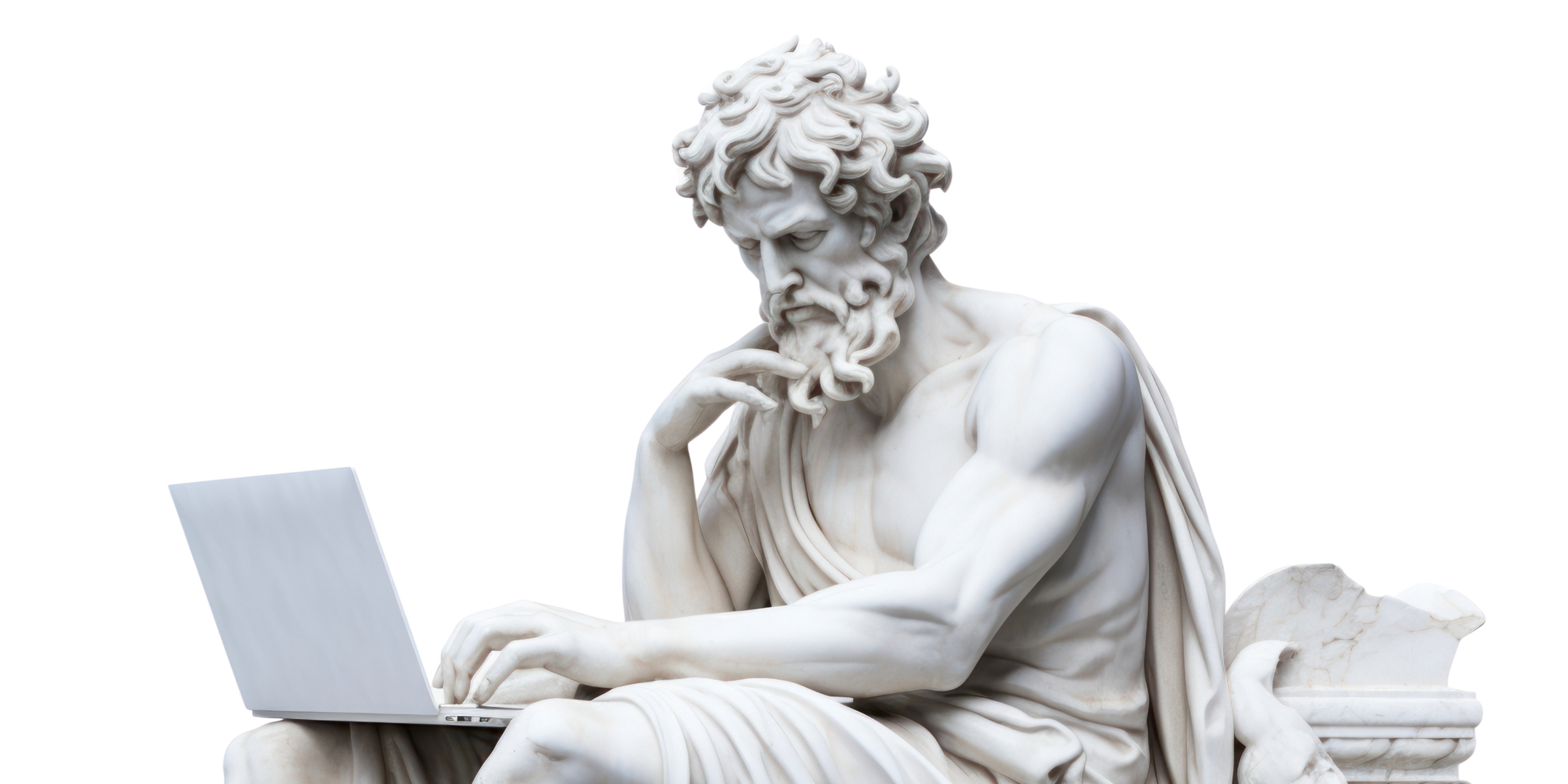Our most recent Shout! Communications’ Big Talk event provided more fascinating insights for our guests, several of which can be attributed to Chief Correspondent at Good Morning Britain, Richard Gaisford.
Richard’s story is an extremely interesting one, that includes working with Shout! Communications director, Catherine Bayfield, in regional television and back when Good Morning Britain was GMTV. He knows broadcast inside and out, having started off in 1991 working in the ITN radio newsroom. His TV career began 25 years ago when, he says, everyone thought they were at the ‘cutting edge’ of technology. As we found out, technology has come much further than broadcasters could’ve ever imagined. It’s something we all know, but it was incredibly interesting to see just how far we’ve come and the amazing technology that has transformed the way we broadcast news, sport and entertainment.
Budgets, resources and time-limits for stories have all changed dramatically since Richard started out. A lot of this is related to internet technology and the rise of social media, both of which mean there has been a surge in ‘citizen journalism’ where anyone, anywhere can share news. Perhaps one of the most shocking changes was the use of satellite trucks. When he first started, Richard says the team had a fleet of 4 satellite trucks, worth around £200,000 each, as well as a dedicated engineer. Now they have none! In fact, they can self-shoot a full package with a small video camera, a ‘LiveU Box’ and a laptop to edit. This enables them to live broadcast in high-definition from anywhere in the world with an internet signal. Even if there’s not a strong internet signal, they can take a mini satellite dish to broadcast that way instead. That kit costs under £5,000 – far less than the £200,000 for a satellite truck!
As PR practitioners, we all need to be aware of how journalists are working these days if we want to work alongside them. Times are changing rapidly, and we need to get with it! For instance, Richard mentioned how years ago when organising a PR event, making space for big satellite trucks and lots of equipment and engineers was a top priority. Now, you just need a strong Wi-Fi signal to be at the top of your list! At Good Morning Britain, they need a connection of at least 4MB to broadcast in high definition. So that’s the kind of technology we need to be buying into within the broadcast community if we want to offer up fantastic opportunities.
https://twitter.com/shoutcomms/status/931539256551624704




